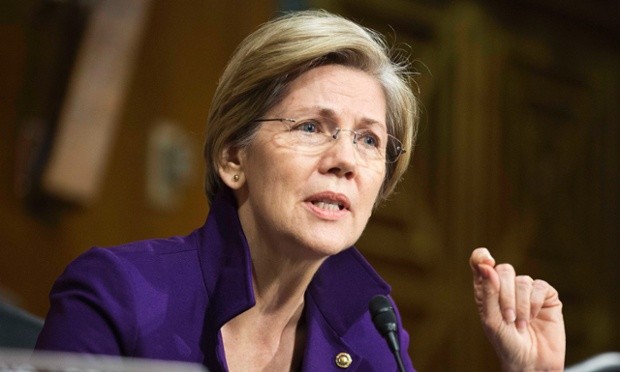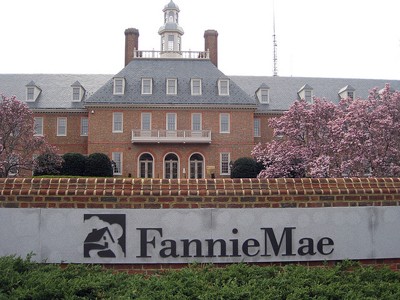How Fannie Mae And Freddie Mac Were Saved
Post on: 12 Май, 2015 No Comment

Fannie Mae (Federal National Mortgage Association) and Freddie Mac (Federal Home Loan Mortgage Corporation) are government-sponsored enterprises (GSE) with a mandate to expand affordable housing in the U.S. and provide liquidity and stability to the U.S. housing and mortgage markets. Created in 1938 at the request of President Franklin Roosevelt, Fannie Mae was chartered by Congress in 1968 as a private, shareholder-owned company. Freddie Mac was chartered by Congress in 1970.
Neither Fannie Mae nor Freddie Mac lends funds directly to home buyers. Instead, the two organizations fulfill mandates and achieve objectives by operating in the U.S. secondary mortgage market. Both institutions work with bankers and brokers to ensure that funds are allocated for lending at affordable interest rates; they achieve this objective by buying mortgages. (To find out where your mortgage payments go, read Behind The Scenes Of Your Mortgage .)
Together, Fannie Mae and Freddie Mac own (or back) more than $5 trillion of U.S. mortgages in 2009. The two companies account for almost half of the $12 trillion U.S. mortgage market. But even the size of the companies could not prevent the two institutions from being engulfed by the global financial crisis of 2008 — the biggest since the Great Depression of the 1930s. (To learn more about what caused the problems back then, be sure to read What Caused The Great Depression? )
On September 7, 2008, amid mounting concerns about the solvency of the two GSEs, the Federal Housing Finance Agency (FHFA) — the regulator of Fannie Mae and Freddie Mac — determined that the two GSEs could not continue to operate safely and fulfill their public mission. This was deemed to pose an unacceptable risk to the broader financial system and the U.S. economy. Therefore, FHFA announced that it would place the companies under conservatorship. which is essentially the equivalent of a Chapter 11 bankruptcy. and appoint new leadership.
Genesis of the Problem
Fannie Mae and Freddie Mac’s problems had their beginnings in the U.S. real estate bubble of the early 2000s. Fueled by low interest rates and relaxed lending standards, U.S. home prices increased at rates that were well above the historical average in the 2001-2006 period.
Much of that housing boom was spurred by the disproportionate increase in subprime lending, whereas borrowers had spotty credit histories or less-than-pristine credit records. Such borrowers historically found it difficult to obtain a mortgage that would enable them to purchase a home. But in 2004, the U.S. Department of Housing and Urban Development (HUD) directed Fannie Mae and Freddie Mac to purchase more loans made to subprime borrowers. This would expand the market for subprime loans and also enable the two GSEs to fulfill their affordable housing mandate in the U.S. (To dig further into the GSEs’ affordable housing mandate, read Fannie Mae And Freddie Mac, Boon Or Boom? )
Purchasing Power of the GSE
From 2004-2006, Fannie Mae and Freddie Mac purchased $434 billion in securities backed by subprime loans, further fueling the boom in subprime lending. In 2004 alone, the two GSEs purchased $175 billion in subprime securities, accounting for 44% of the market and an increase of 116% from 2003, when they bought $81 billion in these securities. In 2005, Fannie Mae and Freddie Mac purchased $169 billion of subprime securities, accounting for 33% of the market, and in 2006, scaled their purchases back to $90 billion.
Delinquent Habits Forming

However, from 2007 onwards, as the correction in U.S. housing began gathering momentum, delinquencies and foreclosures began rising sharply. Rising defaults on subprime mortgages triggered a global credit crunch in August, 2007; the credit crisis eased up by the end of the year, but took a turn for the worse from March 2008. (To learn more about why this turn for the worse occurred, read Why Housing Market Bubbles Pop .)
Fannie Mae and Freddie Mac recorded $14.9 billion in combined net losses in 2007, depleting their capital and undermining their financial strength. With Fannie Mae already down 83% for the year and Freddie Mac down 88% on concerns about their solvency, Treasury Secretary Henry Paulson said federal regulators would back the two GSEs and asked Congress for the authority to inject unlimited amounts of capital into the two companies. These measures served to improve investor sentiment only briefly. By the last week of July, the stocks had resumed their slide amid escalating concerns about their survival.
Other conditions of the agreement were that each GSE’s retained mortgage and mortgage-backed securities portfolio should not exceed $850 billion as of December 31, 2009, to be reduced by 10% per year until it reached $250 billion.
The Bottom Line
The placing of Fannie Mae and Freddie Mac under conservatorship brought the gravity of the situation home to investors around the world, as far as the subprime mortgage market and U.S. housing were concerned. It was one of the factors, along with the bankruptcy of Lehman Brothers and the near-demise of AIG, that contributed to the dramatic escalation of the financial crisis in September, 2008. (For further reading on Fannie Mae and Freddie Mac, be sure to read Fannie Mae, Freddie Mac And The Credit Crisis of 2008 .)














